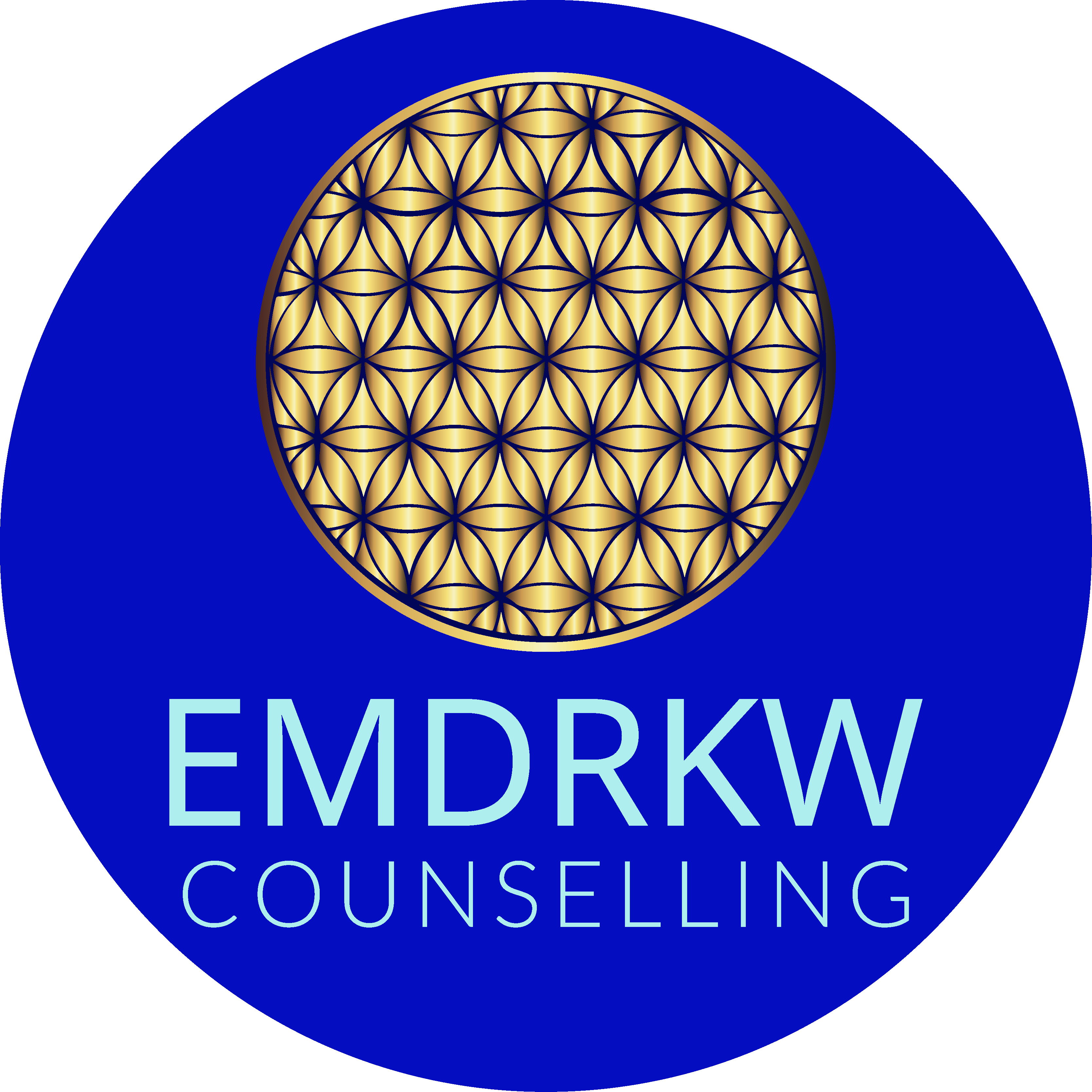The Therapeutic Relationship in EMDR – Why the relationship is crucial
- EMDRKW

- May 26, 2023
- 3 min read

In therapy, various approaches and techniques are used to help individuals overcome emotional distress and trauma. However, research consistently demonstrates that the strength of the therapeutic relationship is more predictive of therapy success than the type of therapy used. This is because, regardless of therapy type, a supportive, trusting, and collaborative relationship with a therapist creates the conditions necessary for healing, personal transformation, and positive changes in the client's life. In this blog post, we will explore the intersection of EMDR and the therapeutic relationship, highlighting how they work together to facilitate healing and transformation when helping clients affected by trauma.
Building Trust and Safety:
Before embarking on the journey of EMDR therapy, establishing a strong therapeutic relationship is paramount for the client's safety. This is because trauma therapy is a vulnerable experience, and clients need to trust their therapist to remain non-judgemental, compassionate, and empathetic no matter what the client says or experiences. In EMDR, if a client exaggerates or withholds information, therapists may end EMDR processing early, which can increase a client's discomfort between sessions. So, the strength of the therapeutic relationship affects the client's psychological safety both within and between EMDR sessions.
That is why, during early EMDR sessions, the therapist works to create an atmosphere of trust, safety, and non-judgment, ensuring that the client feels comfortable sharing their deepest emotions and traumatic experiences. This trusting foundation forms the bedrock upon which the subsequent EMDR sessions can be built.
Collaborative Exploration:
EMDR therapy involves a collaborative approach, where the therapist and client work together as equal partners. The therapist guides the client through the EMDR protocol, which involves identifying traumatic memories, processing distressing emotions, and integrating new insights and positive beliefs. The therapist also supports clients in identifying their strengths, resources, and inner capacities to overcome challenges. By promoting self-efficacy and self-determination, the therapeutic relationship encourages clients to take ownership of their growth. Thus, the client's autonomy is respected, and they are encouraged to express their thoughts, emotions, and concerns, leading to a deeper understanding of their experiences.
Creating Emotional Support:
During EMDR sessions, the therapeutic relationship serves as a safe space within which the client can process traumatic memories and associated emotions. The therapist provides a way for the client to remain grounded in the present while also processing the past. Their presence and empathy help regulate the client's emotions, preventing re-traumatization. This helps the clients experience their emotions, thoughts, bodily sensations, and other reactions without becoming overwhelmed.
Enhanced EMDR Processing:
The therapeutic relationship enriches the EMDR process in several ways. Firstly, the client's trust and rapport with the therapist can enhance engagement and commitment to the therapeutic journey. As a result, the client feels more motivated to actively participate in processing traumatic memories, leading to more profound healing. Secondly, the therapist's knowledge and expertise, combined with their connection with the client, enable them to adapt the EMDR protocol to meet the client's unique needs. This flexibility in approach contributes to a more personalized and effective therapeutic experience.
Facilitating Post-EMDR Integration:
After the EMDR processing, the therapeutic relationship remains essential for post-EMDR integration. The therapist supports the client in consolidating the insights and positive beliefs gained during EMDR sessions into their daily life. They work collaboratively to develop coping strategies, strengthen resilience, and foster continued growth beyond the therapy room. The ongoing therapeutic relationship provides a safe space for the client to discuss their progress, address any challenges, and celebrate their achievements.
Conclusion:
EMDR therapy offers a powerful approach to healing trauma-related distress. Its transformative potential is further amplified when combined with a strong therapeutic relationship. As clients embark on their journey toward healing, the therapeutic relationship serves as a guiding light, illuminating the path to growth, resilience, and a renewed sense of well-being.




Comments